Remembering D-Day, June 6, 1944: 75 Years after the Allied Invasion of Normandy – D-Day plus 27,375
Posted by Jane Metters LaBarbara.June 6th, 2019
Blog post by Catherine Rakowski, Administrative Associate, WVRHC.
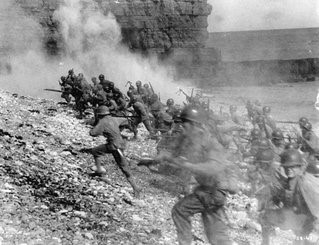
In 1947, West Virginia University student John Poulos wrote the following description of the World War II military fighting man for a history class essay:
“He is pretty young, between 17 and 25. As a fighter, he’s a cross between Geronimo . . ., Buck Rogers, Sergeant York and a clumsy heartsick boy. He had an understanding of the war that it will take most Americans a long time to get. For one thing he has lost several friends. He knows plenty about fear, about huddling up in a foxhole . . . when a big one is coming in with its ghastly, spiral noise”.
Poulos’s poignant description comes from his own experience as an infantryman. He was among the 175,000 allied forces who assaulted the northern coast of France, held by the Germans in World War II. John Poulos’s term paper is just one among hundreds of personal accounts recorded by veterans turned college students who attended WVU or West Liberty College after the war. Compiled by Professors Clark Easton and C.C. Regier, the collection, A&M 120 World War II Veterans Papers, is now housed at the West Virginia & Regional History Center.
This blog post features the writings of five students who participated the invasion seventy-five years ago.
In 1942, army inductee Franklin Watkins from Morgantown, WV was assigned to the 816th Signal Port Service Company and eventually transferred to the 82nd Airborne for combat training. Returning back to the 816th, Watkins wrote, “The outfit left . . . July 1942 for England . . . 28th of July I was sent to General HQ in London where I stayed until D-Day 1944 when I jumped with O.S.S. [Office of Strategic Services, now the CIA], on D-5 (5 days before the invasion). The 3rd day after the jump I was hit in leg while setting signal for Pathfinders on D-Day H-3 [D-Day 3 hours before the invasion began] and managed to escape “Jerry” [slang for Germans] when the 29th (US Army) Division came into my sector.” Watkins was sent back to England to heal up. After returning to the front lines, he “was hit twice again before the war was over, once in Italy and once in Germany. I have received the Bronze Star, Purple Heart and the Silver Star for not much of anything.”
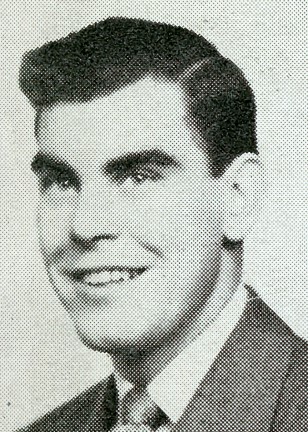
By 1943 Jack Allison had left his home in Chester, WV and was with the 161st Airborne Engineers when according to Jack, “I got the bright idea that I wanted to go overseas. I asked for a transfer to an outbound outfit and in four days I was on my way as a combat engineer. . . I was transferred (while in England) to an assault training camp. Here I was taught how to kill the quickest and quietest way possible and how to blow with demolition, the various obstacles that the Germans would have on the beach. June 6, 1944 found me with the first wave of landing barges headed for the shores of France. After I had accomplished my mission with the result of a few bullet holes, I had . . . to go up and help the 101st Airborne. My job the rest of the time in France was as an engineer, building bridges and taking up mines.”
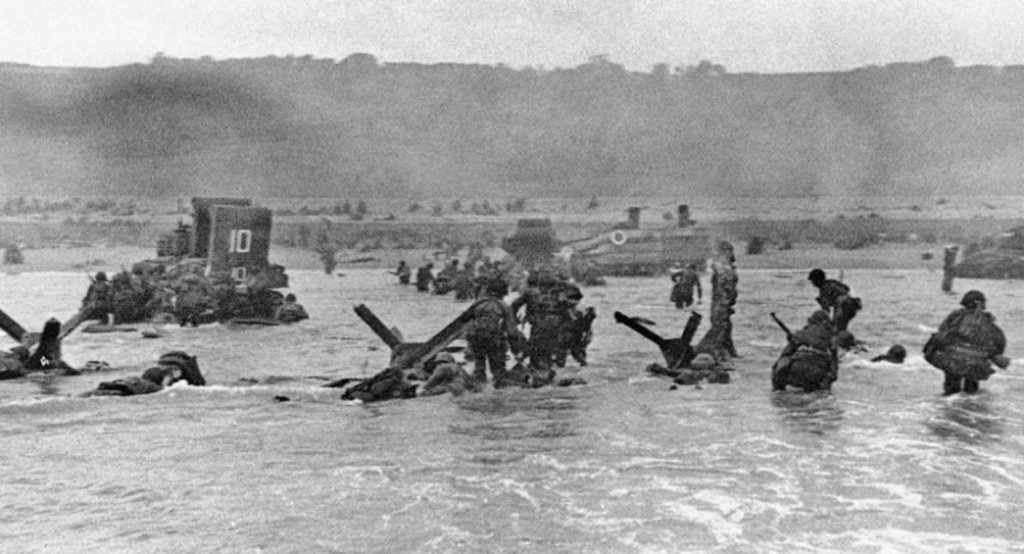
Soldiers struggled through mines, barriers and enemy machine gun fire to reach the shore at Omaha.
Chief Petty Officer James Newcome, a native of Keyser, WV was serving on board the USS Texas on June 5, 1944 off the coast of France. This was not Newcome’s first rodeo. Between June 1942 and May 1944, he had been in four major naval battles, under constant attacks by Japanese torpedo planes in the Pacific and German bombers in the Atlantic.
Newcome describes the brutal sea conditions in the channel while on patrol with a destroyer escort on D-Day -1 as “. . . so rough . . . that the D-E [destroyer] was taking in water in her stacks. . . she capsized and sank in 3 minutes. There were no survivors.” These were among the first casualties of the invasions.
Newcome continued, “Then on H-Hour of D-Day we were shelling the French coast. The skies were nearly black with wave after wave of our bombers and those of the English . . . the German air force were shot down like clay targets.”
While shelling inland enemy position in support of the troop landings, battleships including the Texas, tried to move in dangerously close to shore. Newcome wrote, “At times we were so close to the beach that we could see the Germans on the beach. This was as close as we dare go because of the barriers.”
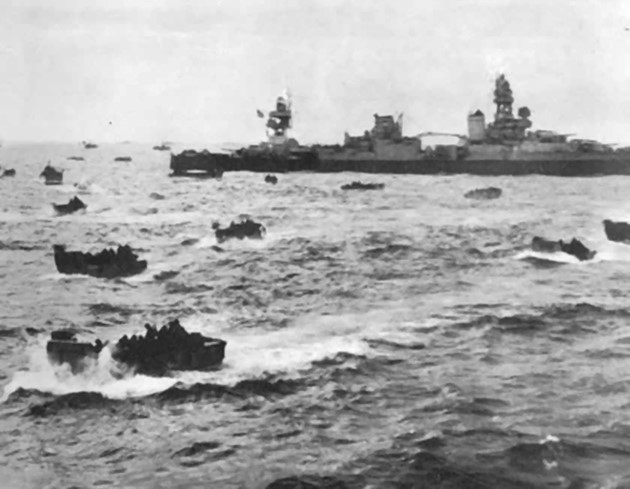
Verda Clifford Fankhouser boarded an LST with the 61st Medical Battalion on June 2, 1944 to take part in Operation Overlord, the invasion of France. He had been thoroughly trained as a medic able to rescue, recover, administer first aid and care for the wounded under the most dire combat conditions.
During the trip to the coast of Normandy, Fankhouser remembers listening to a German radio broadcast by “Axis Sally” a Nazi who relished the task of taunting allied forces with propaganda. This time she was right when she announced, “Well boys we will be seeing you Monday [June 5th].” The original date was set for the 5th but bad weather forced a postponement for the invasion to the 6th.
As Fankhouser’s landing craft approached the beach early on June 7th, he noted the horrendous scene on Omaha beach, “As we passed the dead littering the beach, many of the soldiers were somewhat awe stricken. It was not long until we were all hardened to such scenes.” But they kept moving until enemy artillery shelling increased, German planes strafed and snipers opened up while Fankhouser and buddies “lay trembling in our much too small foxholes”.
For three days Fankhouser’s major job was collecting the dead. He wrote,
“My task was examining the bodies and filling out a tag for each one. The name, serial number, type of wound or cause of death and possible weapon which inflicted the wound were important data. . . .” and described the next 19 days as “tiring times.” Fankhouser recorded the following numbers for 61st Medical Battalion: By October 1, 1944 8,000 casualties were shipped out by sea, 27,000 were transported by air.
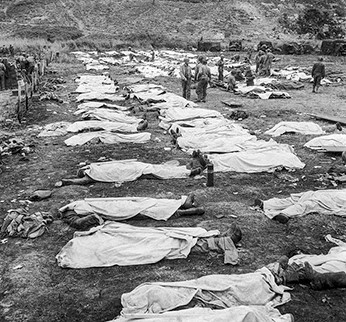
Many more West Virginians than are mentioned here served and sacrificed on that Day of Days. They all deserved to be remembered.
To borrow from Tennyson:
“O the wild charge they made!
All the world wondered
Honor the charge they made!”





